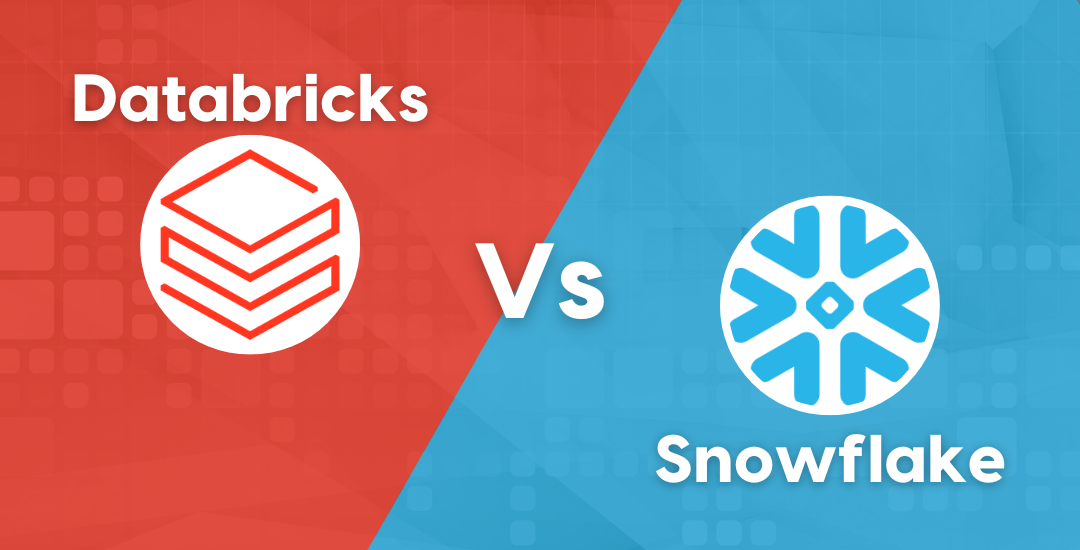Conversational AI vs. Generative AI: Exploring the Key Differences
Artificial Intelligence (AI) has advanced dramatically in recent years, reshaping industries and changing how we interact with technology. Two significant branches within the AI domain that have garnered substantial attention are Conversational AI and Generative AI. Though both utilize natural language processing (NLP), they serve distinct purposes and have unique characteristics.
In this blog, we’ll explore Conversational AI and Generative AI, highlighting their key features, applications, and differences.
What is Conversational AI?
As the name implies, Conversational AI is all about facilitating human-like conversations between AI systems and users. It relies on technologies such as Natural Language Understanding (NLU) and Natural Language Generation (NLG) to create seamless, dynamic interactions. Conversational AI powers chatbots, virtual assistants, and other voice or text-based communication systems.
Key Features of Conversational AI:
1. Speech Recognition:
- Converts spoken language into text, allowing AI to process voice commands.
- Enables hands-free interaction, enhancing accessibility.
2. Natural Language Understanding (NLU):
- Interprets the meaning behind user queries by analyzing context, intent, and entities.
- Extracts relevant information to formulate appropriate responses.
3. Dialogue Management:
- Manages the flow of conversations, ensuring that the AI can engage naturally and contextually.
- Helps maintain coherence during multi-turn conversations.
4. Natural Language Generation (NLG):
- Generates human-like responses in real time using predefined templates or machine learning models.
- Ensures responses are contextually appropriate and meaningful to user queries.
Applications of Conversational AI:
- Virtual Assistants: AI systems like Apple’s Siri, Amazon’s Alexa, and Google Assistant offer personalized assistance, perform tasks, and respond to commands.
- Customer Support: Many businesses use Conversational AI to power chatbots that answer FAQs, guide users through tasks, and provide automated customer support.
- Language Translation: AI-based language translators provide real-time translations to bridge communication gaps.
- Voice-Controlled Interfaces: Conversational AI enables voice interaction with devices, offering hands-free control.
What is Generative AI?
Unlike Conversational AI, Generative AI is focused on creating new and original content using machine learning algorithms like deep learning and neural networks. Generative AI has the ability to produce various forms of content, from text to images, music, and beyond, making it a powerful tool in creative industries.
Key Features of Generative AI:
1. Content Generation:
- Can generate diverse types of content including text, images, music, and videos.
- Analyzes data patterns and structures to create new outputs aligned with learned patterns.
2. Creative Versatility:
- Known for its ability to produce unique and original content based on training data.
- This creative versatility makes it ideal for applications requiring new, diverse outputs.
3. Learning from Data:
- Generative AI algorithms learn from extensive datasets to improve the quality and diversity of the content they produce.
- The larger and more diverse the training data, the better the AI becomes at generating realistic outputs.
Applications of Generative AI:
- Content Creation: AI tools for writing articles, blogs, product descriptions, and even creative stories.
- Image Synthesis: Tools like DALL-E generate realistic images based on text prompts.
- Music and Art Creation: Generative AI can compose music or create digital art.
- Code Generation: AI models assist in writing and optimizing code, helping developers speed up workflows.
Key Differences Between Conversational AI and Generative AI
1. Objective and Purpose:
- Conversational AI: Focuses on dialogue and enabling natural conversations between humans and machines.
- Generative AI: Specializes in creating original content, whether text, images, or other forms of media.
2. Application Focus:
- Conversational AI: Used in task-oriented interactions, such as virtual assistants, customer support, and voice-activated interfaces.
- Generative AI: Applied in content creation for industries like entertainment, marketing, and software development.
3. Mechanism and Technology:
- Conversational AI: Relies heavily on Natural Language Processing (NLP), NLU, and NLG for dialogue management and real-time responses.
- Generative AI: Uses deep learning and neural networks to produce new data, often based on vast training datasets.
4. User Experience:
- Conversational AI: Interacts with users in real-time, maintaining the flow of conversation and responding appropriately to ongoing dialogue.
- Generative AI: Provides a one-time output in response to a prompt, focusing on the generation of content rather than interaction.
5. Outcome:
- Conversational AI: Aims to guide users through tasks, answer questions, or facilitate conversations, improving productivity and user experience.
- Generative AI: Produces new, creative outputs that can range from simple text completions to highly sophisticated artistic works.
Overlap and Synergy
Although Conversational AI and Generative AI have distinct objectives, they can work together for enhanced applications. For example, Conversational AI systems can leverage Generative AI to produce more dynamic, personalized responses. This integration is seen in advanced virtual assistants or chatbots that can not only respond to queries but also create unique content on demand.
Imagine a chatbot that not only answers customer questions but also generates custom-written product descriptions or creative recommendations in real time. This is where the synergy between Generative AI and Conversational AI shines.
Conclusion
While Conversational AI is designed to simulate human-like conversations and provide task-driven responses, Generative AI focuses on creating new and unique content, showcasing creativity and innovation. Each branch of AI plays a crucial role in its respective domain, from virtual assistants to creative content generation.
However, these technologies are not mutually exclusive. In fact, Generative AI is increasingly being integrated into Conversational AI applications, enhancing the quality of chatbot conversations and pushing the boundaries of AI-driven experiences.
If you’re intrigued by how Generative AI is revolutionizing chatbots, stay tuned for our upcoming webinar, Reimagine Chatbots with Generative AI, where we’ll dive deeper into this exciting intersection!
This comprehensive overview highlights the unique strengths of Conversational AI and Generative AI, illustrating how they can work independently or synergistically to drive innovation across various industries.








